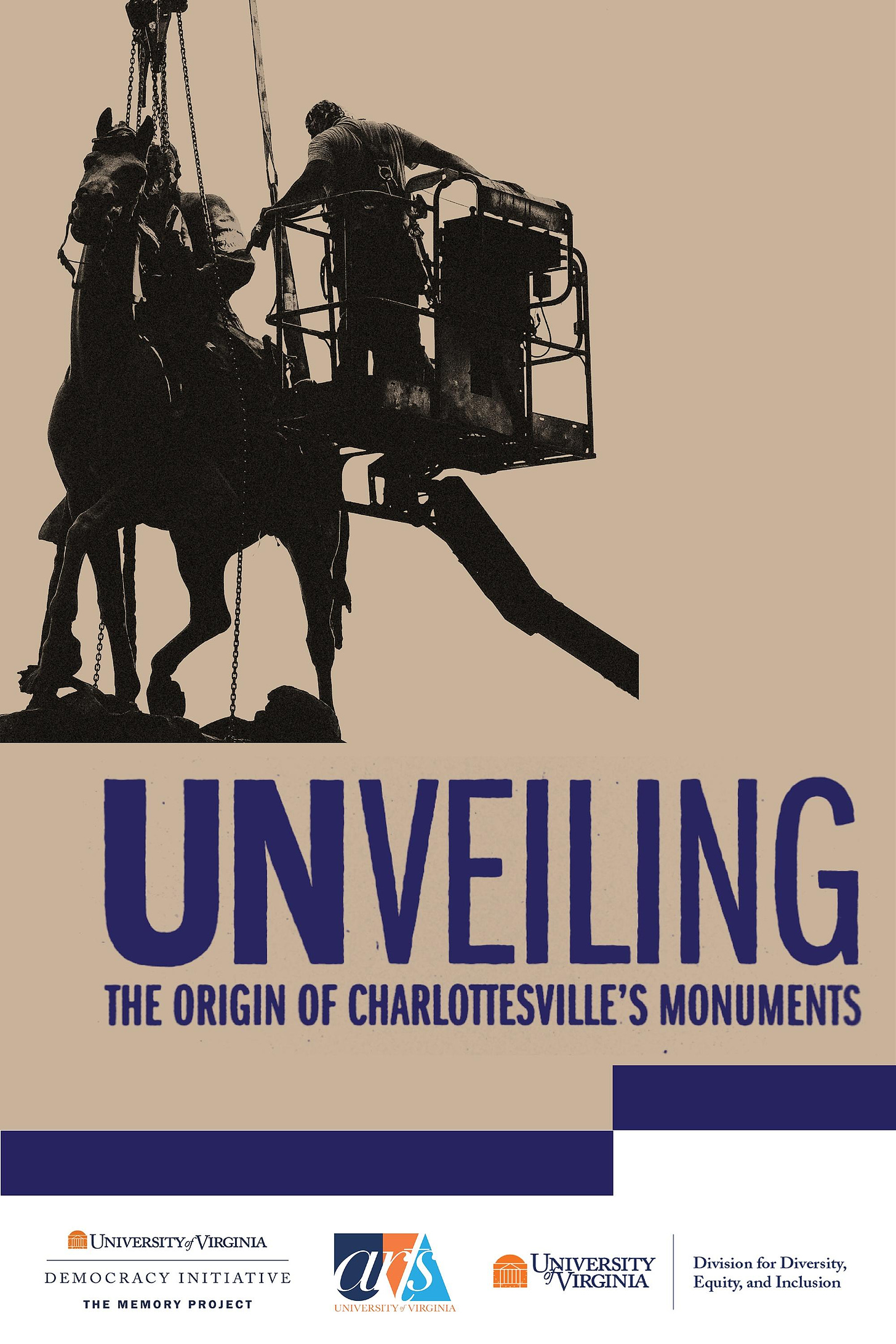I really enjoyed this close look a the history of Charlottesville, Virginia’s Confederate monuments. For some reason I missed this documentary when it first aired last summer.
From 2000 to 2011 I taught history in Charlottesville and regularly brought my students to the site of the Robert E. Lee and Stonewall Jackson monuments as well as the soldier statue on the courthouse lawn to examine how they reflect the Lost Cause narrative.
Unfortunately, I didn’t do nearly enough to highlight the story of local Black residents, their perceptions of these monuments, and the extent to which the monuments reinforced segregation in and around the city. It’s a reminder of the extent to which my understanding of Civil War memory was influenced following the Charleston murders of 2015 and the events in Charlottesville itself in August 2017.
How I think about and the questions I now ask surrounding Civil War memory and Civil War monuments in particular are now quite different.
I highly recommend this short PBS video titled: Unveiling: The Origins of Charlottesville’s Confederate Monuments. It features Dr. Andrea Douglas and Dr. Jalane Schmidt, who I have had the pleasure of working with in the past. Schmidt is Director of the Memory Project at the University of Virginia and Douglas is Executive Director of the African American Heritage Center.
Charlottesville is lucky to have both in the community. I admire their courage and commitment to providing the space for local residents to explore and talk through the complicated questions about public memory.
The documentary does a great job of exploring the local, state, and national history behind the dedication of Charlottesville’s monuments. It’s an important reminder that Confederate monuments were not dedicated in a vacuum. Context is everything.
Charlottesville’s story is certainly not unique, though the way the story played out certainly will help any resident better appreciate the legacy of segregation in the community.
Confederate monuments dedicated in the early twentieth century took place during an incredibly violent period in American history and at a time when white supremacy was codified into state law. As clearly demonstrated in the documentary, these monuments both reflected and reinforced the region’s commitment to white rule.
I learned a great deal from watching this documentary and no doubt you will too. I only wish I had this perspective from the beginning.
Finally, it was nice to see Zyahna Bryant featured in this documentary, who at 15 started the petition that eventually led to the removal of Charlottesville’s Confederate monuments.
She is a reminder that our public spaces should be welcoming to everyone.





Thank you so much, so very much, for sharing the PBS video. I grew up about an hour away, in Culpeper, have always loved Charlottesville, and knowing more of it’s history, this history, is hard. Hard, but also good and important. I’ll be sharing with others.
Sounds like a great resource, thanks.